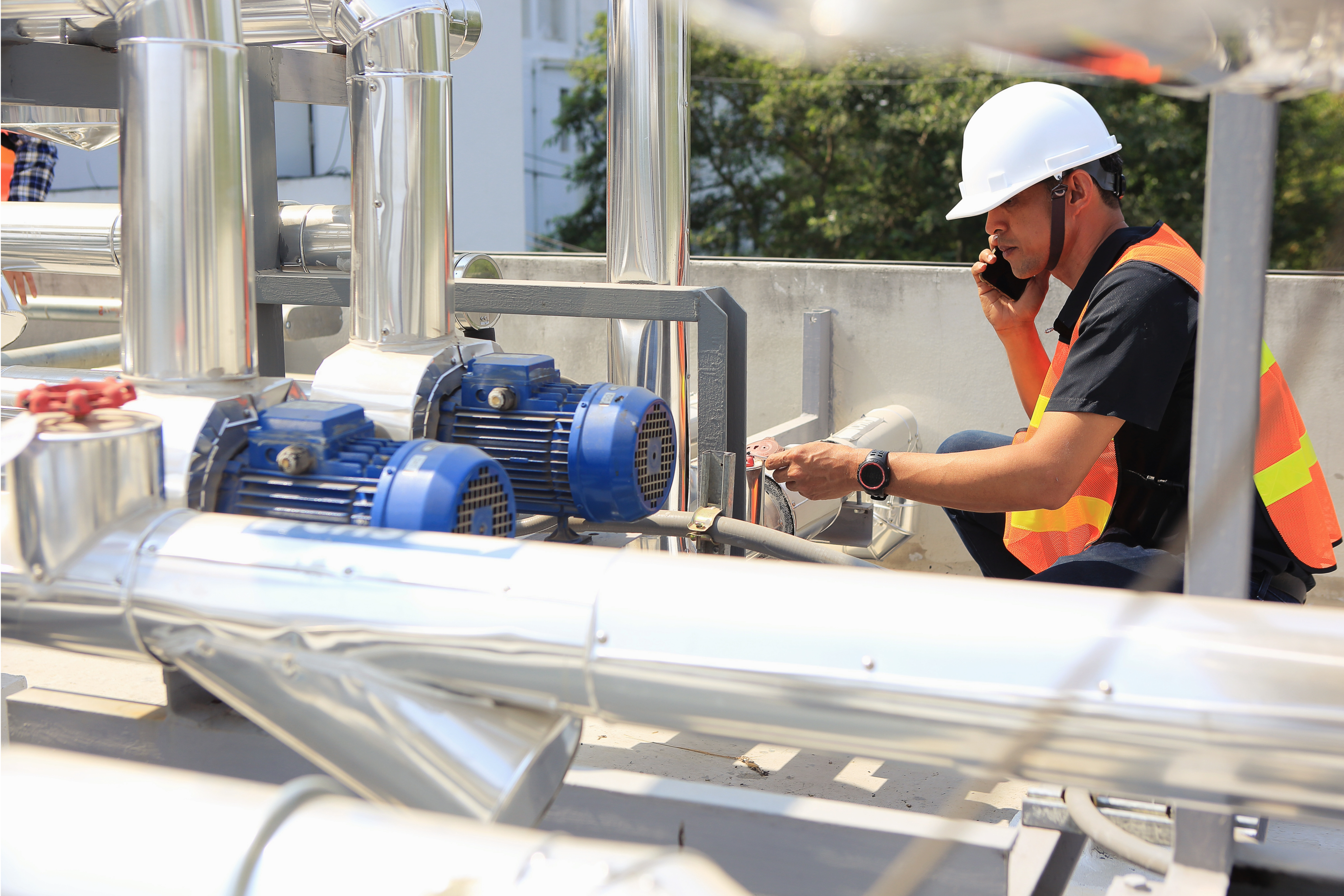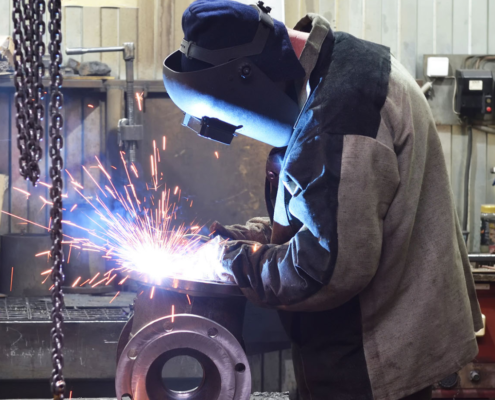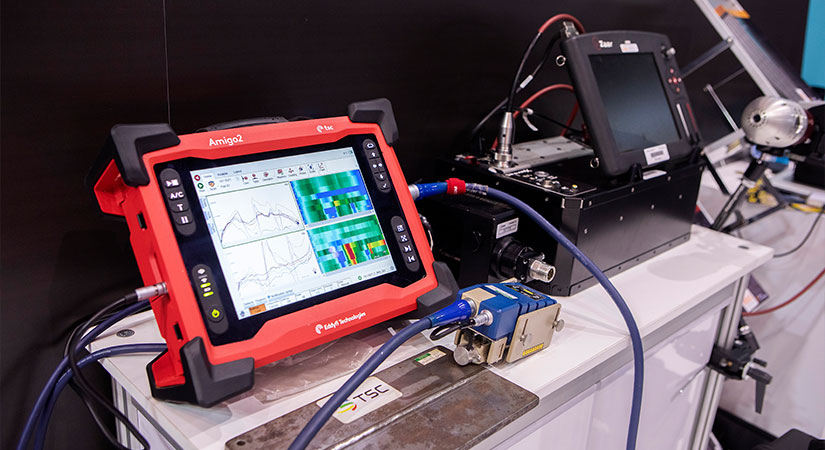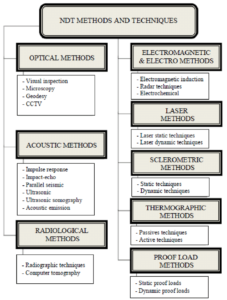 https://www.pioneerindustrial.com/wp-content/uploads/2023/09/Actuator-Repair_BLOG-Image-1.png
3840
5760
Karrie Williams
https://www.pioneerindustrial.com/wp-content/uploads/2020/12/Pioneer-Logo-Color-min.png
Karrie Williams2023-09-18 17:09:582023-09-18 17:25:55The Benefits of Actuator Repair Over Replacement
https://www.pioneerindustrial.com/wp-content/uploads/2023/09/Actuator-Repair_BLOG-Image-1.png
3840
5760
Karrie Williams
https://www.pioneerindustrial.com/wp-content/uploads/2020/12/Pioneer-Logo-Color-min.png
Karrie Williams2023-09-18 17:09:582023-09-18 17:25:55The Benefits of Actuator Repair Over ReplacementNon-destructive testing, or NDT for short, is the procedure of testing materials in a way that doesn’t impair its structural integrity or future performance. In our industry, this typically refers to the testing of equipment or materials currently being used in the field. It’s important to test these process-critical components regularly to avert any unforeseen failures. So, how can this be done without tearing apart a piece of equipment or compromising its structural integrity? This is where non-destructive testing comes in.
The Importance of NDT
NDT isn’t just for individual materials or pieces of equipment—it can also be used to test whole process systems that aren’t easily disassembled. Large systems of equipment, instrumentation, and piping can be assessed without undoing the carefully done assembly.
For example: a pressure sensitive storage tank may have emergency relief devices and instrumentation for level, pressure, and temperature. It may also connect process pipelines with even more critical process units up and downstream. Wouldn’t it be nice to have an effective, sensitive measuring device that can give readings on tank wall thickness, weld strengths, and flange connection integrity? How about a measurement of the tank’s cooling jacket or the insulation’s heat transfer capabilities? Well, with non-destructive testing methods, all of this is possible.
In fact, even more so than possible, it’s necessary. Look at the petrochemical industry, for example. You may have equipment that ranges from tens of thousands (like a large stainless steel control valve) to upwards of tens of millions of dollars (think whole distillation tower assemblies). Now having a gist of the scale of capital costs, consider the operation and opportunity costs of shutting down some of these processes… even for a small period of time. An oil operation that processes tens of thousands of barrels of oil per day cannot afford to shut down for extended lengths of time. Even within a few hours, they would see massive revenue losses.
Costs aside, regular testing and preventative maintenance is critical to protect investments made in such infrastructure. NDT methods allow you to balance the need to protect and maintain equipment, while also ensuring continued operations, leaving processes in place, and the ability to quickly return to said processes.
Types of Non-Destructive Testing
This blog won’t cover the entirety of NDT methods, but some of the common ones include:
- Acoustic
- Infrared
- Leak Testing
- Electromagnetic
- Dye Penetration Testing
- Radiographic
- Ultrasonic
- Visual
Yes, you read that correctly.
Visual testing does count as non-destructive testing. If you can use visual inspection to be confident in the integrity of a piece of equipment, then you are effectively performing NDT! As an example, a structural engineer may do periodic walkthroughs to check for cracks or shifts in foundations, support beams, etc.
There are many other commonly used methods. Many of these seek to test the same basic features but are able to do it in different ways and environments.
Leak testing is effective in checking for cracks or improperly formed pressure seals. These flaws allow small amount of flow through systems and are often imperceptible to the human eye. Leak testing may be critical in systems where two reactants need to be controlled precisely for the process to have the desired yield.
Dye penetration testing allows a technician to see issues within material structures. Dyes are used and seep in to reveal cracks or fissures that may be compromising the material. Similarly, electromagnetic testing can be used to check that the material responds as desired when placed under certain electromagnetic stimuli.
Implementing NDT
There are many different forms of non-destructive testing, each with their own use cases, benefits, and drawbacks. Each NDT is complex enough to require thorough training and certification, ensuring that technicians work properly and safely in the field. It is important that an educated buyer of industrial process equipment knows the proper testing and maintenance procedures required with such purchases and installation.
At Pioneer, we understand that that isn’t always an in-house capability for some companies. That’s why we have some of the most knowledgeable product and service experts in the industry. One of our goals is to make the whole front-to-end buying process as easy as possible: serviced with top tier professionalism and fully supported. This is why we put out helpful content like this, as well as several posts a week on our LinkedIn page. We look forward to working with you for any and all of your industrial equipment needs.
 https://www.pioneerindustrial.com/wp-content/uploads/2023/09/Actuator-Repair_BLOG-Image-1.png
3840
5760
Karrie Williams
https://www.pioneerindustrial.com/wp-content/uploads/2020/12/Pioneer-Logo-Color-min.png
Karrie Williams2023-09-18 17:09:582023-09-18 17:25:55The Benefits of Actuator Repair Over Replacement
https://www.pioneerindustrial.com/wp-content/uploads/2023/09/Actuator-Repair_BLOG-Image-1.png
3840
5760
Karrie Williams
https://www.pioneerindustrial.com/wp-content/uploads/2020/12/Pioneer-Logo-Color-min.png
Karrie Williams2023-09-18 17:09:582023-09-18 17:25:55The Benefits of Actuator Repair Over Replacement
Common Control Valve Problems and How to Fix Them
Control Valves, Industrial Valves, Valve Maintenance



